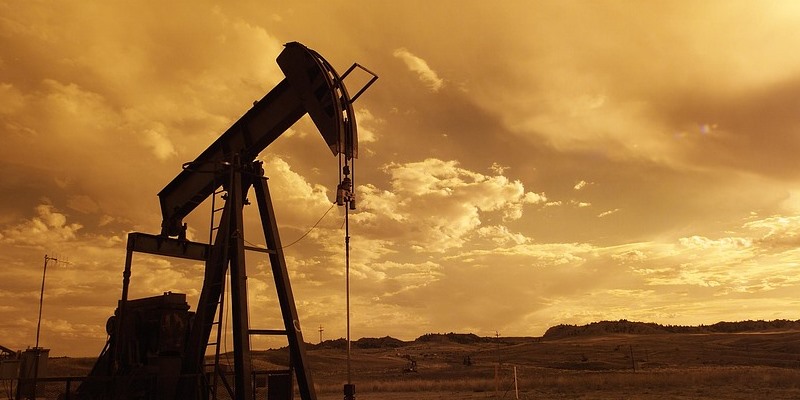Alberta's abandoned wells need tending

Alberta has a serious orphaned (abandoned) oil and gas well problem. Reporter Barb Glen, writing in the Western Producer, notes that Alberta’s Orphan Well Association, the last resort for remediating orphan wells, is already in far over its head with 1,038 wells on its reclamation list.
C.D. Howe estimates there are more than 155,000 wells with no economic potential that must be reclaimed, with cleanup costs for an orphan well ranging from $129 million to $257 million, with a total provincial cleanup bill of $8 billion. Glen cites a far higher estimate from the Orphan Well Association—$47 billion.
Recently, the Supreme Court of Canada overturned two previous lower court decisions that had elevated bankruptcy law over environmental responsibilities in the case of Redwater Energy, insolvent since 2015. The Court ruled 5-2 to overturn the previous rulings. CBC reports that energy companies (large and small), the Canadian Association of Petroleum Producers (CAPP) and the Explorers and Producers of Canada (EPAC) support the decision.
Now, everybody wants to protect the environment and nobody should like the fact there are more than 150,000 dead or soon-to-be dead wells dotting the Alberta landscape like a rather bad case of the measles. But the challenge, as Glen reports, is that oil companies don’t have the money to do the cleanups, and what was banked with the Orphan Well Association is grossly insufficient to do the job.
And that brings us to the reality of “Who will pay the Piper.” Glen quotes Daryl Bennett of My Landman Group who observes that not only are the funds on deposit insufficient, but “the cost to reclaim all these assets is now far higher than the value of those assets.” With the oil and gas sector unable to shoulder these costs, the costs look likely to land in two places—the pockets of landowners with land dotted with abandoned wells, and the taxpayers who will pay those landowners to ensure the land is kept in productive use.
Alberta already faces stiff headwinds for its economy. Keith Wilson, a property rights lawyer, offers up two potential remedies to avoid proliferation of the problem. Observing that previously, property owners were not allowed to refuse companies the right to develop energy resources under their land. That needs to change, Wilson suggests. Landowners should have the right to complain to the Alberta Energy Regulator (AER) and demand the AER impose requirements on the oil company that would protect the landowner from liability in case the company goes bankrupt.
Wilson also suggests that landowners should not voluntarily sign surface leases or rights of way, instead leaving it to companies to obtain a right of entry from the Surface Rights Board to provide additional protections for land owners.
C.D. Howe, in a commentary named “Oil’s well that ends well,” makes two recommendations aimed at ensuring company responsibility for new and existing wells. It recommends the province impose upfront bonding requirements, still falling short of full cost recovery, recognizing that society should accept some risk in return for the economic benefits of energy production. Second, the C.D. Howe report suggests when wells become inactive, companies should be required to hold insurance to cover cleaning up the well.
Whatever is done, the government must be careful to balance the costs of energy production with its undeniably massive economic benefits.
Author:
Subscribe to the Fraser Institute
Get the latest news from the Fraser Institute on the latest research studies, news and events.

